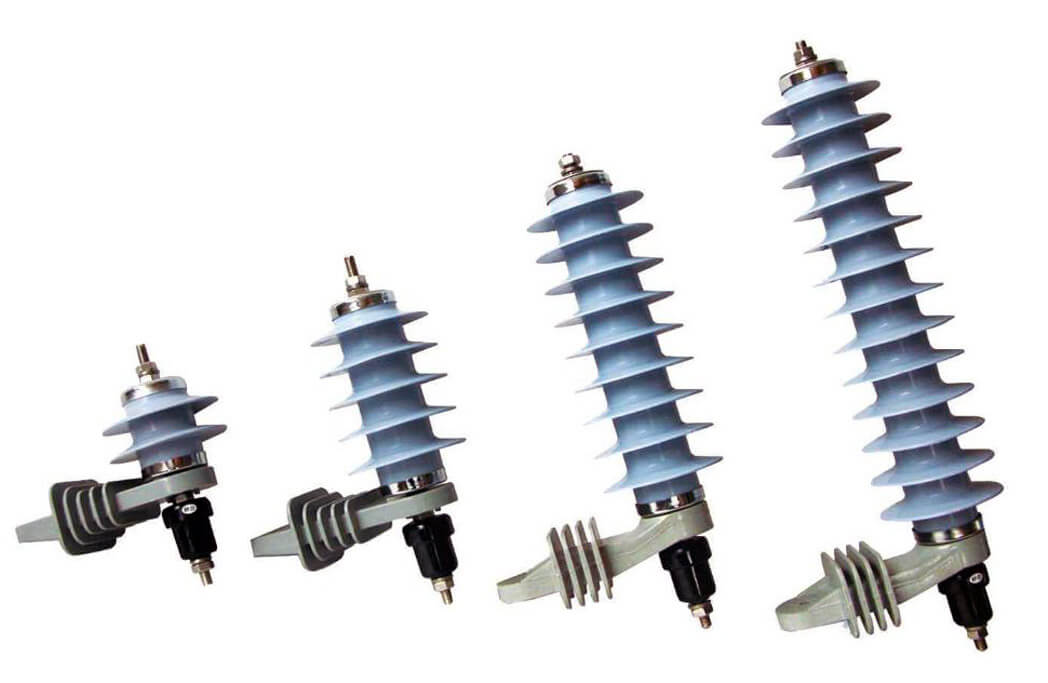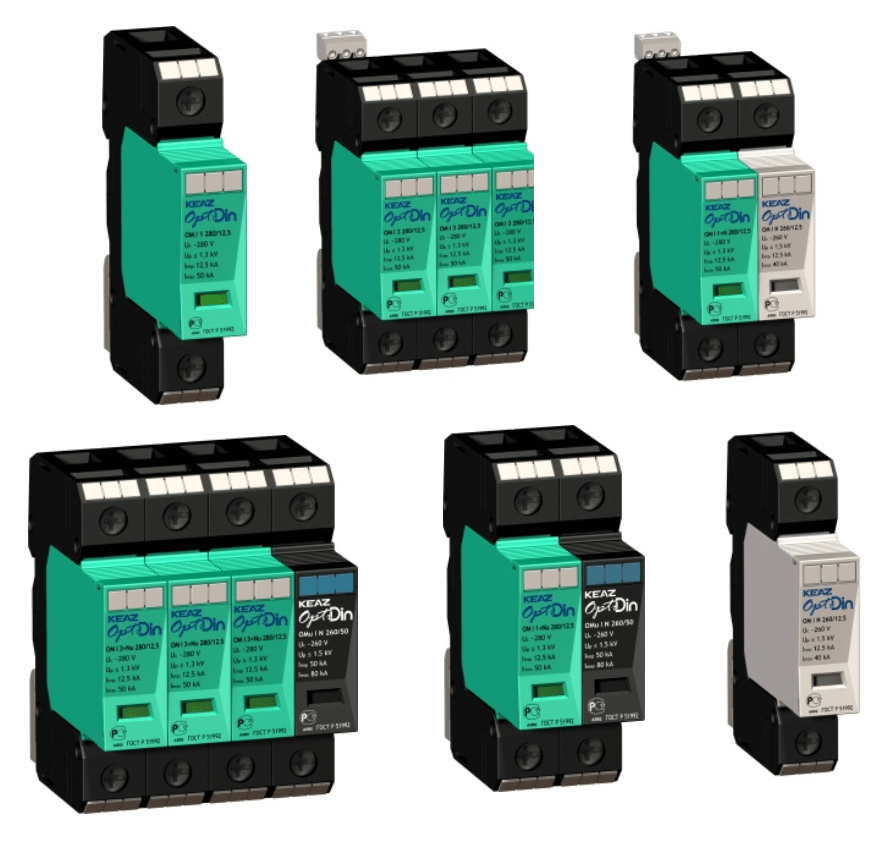Modern man, trying to keep up with the times, saturates his house with electrical appliances for various purposes. But not every homeowner thinks that in the event of even a very short-term impulse voltage in the network that is several times higher than the nominal one, his entire expensive fleet of electrical engineering and electronics can fail. Remarkably, the impact of overvoltage on electrical consumers is detrimental in that the affected equipment, as a rule, becomes unsuitable for repair. This force majeure, although not often, but guaranteed, can be the result of overvoltage in networks caused by thunderstorms, emergency phase overlap or switching processes. The so-called surge protection devices are designed to protect electrical equipment. The principle of SPD operation, classes and the difference between them are discussed below.
SPD classification
Surge protection devices are a broad and generalized concept. This category of devices includes devices that can be divided into classes:
- I class. Are intended for protection against direct influence of a lightning discharge. These devices must be equipped with input-distribution devices (ASU) of administrative and industrial buildings and residential apartment buildings.
- II class. They provide protection of electrical distribution networks from overvoltages caused by switching processes, as well as performing the functions of the second stage of protection against the effects of a lightning strike. Mounted and connected to the network in switchboards.
- III class. They are used to protect equipment from surge voltages caused by residual voltage surges and asymmetric voltage distribution between the phase and the neutral wire. Devices of this class also work in the mode of high-frequency noise filters. The most relevant for the conditions of a private house or apartment, they are connected and installed directly at consumers. Particularly popular are devices that are manufactured as modules equipped with a quick-release mount for installation on, or have the configuration of electrical sockets or power plugs.
Device types
All devices providing surge protection are divided into two types, which differ in design and principle of operation. Consider how SPDs of different types work.
Valve and spark gaps. The principle of operation of the arresters is based on the use of the effect of spark gaps. The design of the arresters provides for an air gap in the jumper connecting the phases of the power line with the ground loop. At the nominal voltage value, the circuit in the jumper is broken. In the event of a lightning discharge, as a result, an air gap breakdown occurs in the power transmission line, the circuit between the phase and the ground closes, the high voltage pulse goes directly to the ground. The design of the valve arrester in a circuit with a spark gap provides for a resistor on which the high-voltage pulse is quenched. Arresters in most cases are used in high voltage networks.

Surge arresters (SPDs). These devices have replaced the outdated and bulky arresters. In order to understand how the limiter works, you need to remember the properties of non-linear resistors, built on the use of their current-voltage characteristics. Varistors are used as non-linear resistors in SPDs. For people who are not experienced in the intricacies of electrical engineering, a little information about what it consists of and how it works. The main material for the manufacture of varistors is zinc oxide. In a mixture with oxides of other metals, an assembly is created, consisting of p-n junctions, which has current-voltage characteristics. When the voltage value in the network corresponds to the nominal parameters, the current in the varistor circuit is close to zero. At the moment of overvoltage on p-n junctions, a sharp increase in current occurs, which leads to a decrease in voltage to the nominal value. After the normalization of the network parameters, the varistor returns to the non-conducting mode and does not affect the operation of the device.

The compact dimensions of the surge arresters and a wide range of varieties of these devices made it possible to significantly expand the scope of these devices, it became possible to use SPDs as a means of surge protection for a private house or apartment. However, surge voltage limiters assembled on varistors, despite all their advantages compared to arresters, have one significant drawback - the limitation of the service life. Due to the thermal protection built into them, the device remains inoperative for some time after operation, for this reason, a quick-detachable device is provided on the SPD housing, which allows for a quick replacement of the module.
You can learn more about what an SPD is and what its purpose is from the video:
How to arrange protection?
Before proceeding with the installation and connection of surge protection equipment, it is necessary, otherwise all work on the arrangement of SPDs will lose all meaning. The classic scheme provides 3 levels of protection. Arresters (SPD class I) are installed at the input, providing lightning protection. The next protective device is class II, usually the surge arrester is connected in the switchboard of the house. The degree of its protection should ensure the reduction of the magnitude of the overvoltage to the parameters safe for household appliances and the lighting network. In the immediate vicinity of electronic products sensitive to fluctuations in current and voltage, class III is desirable.

